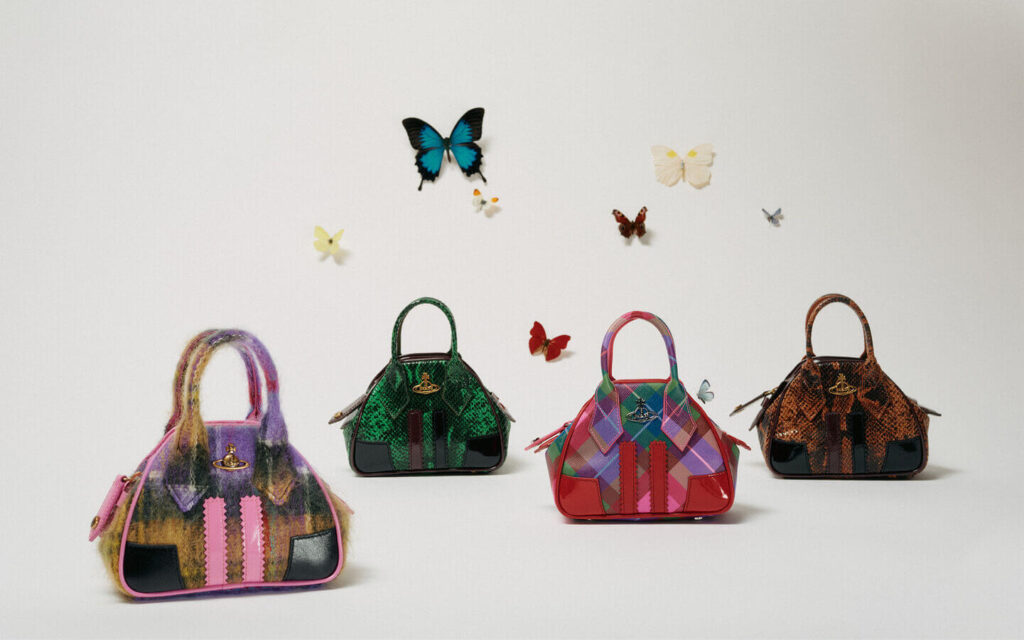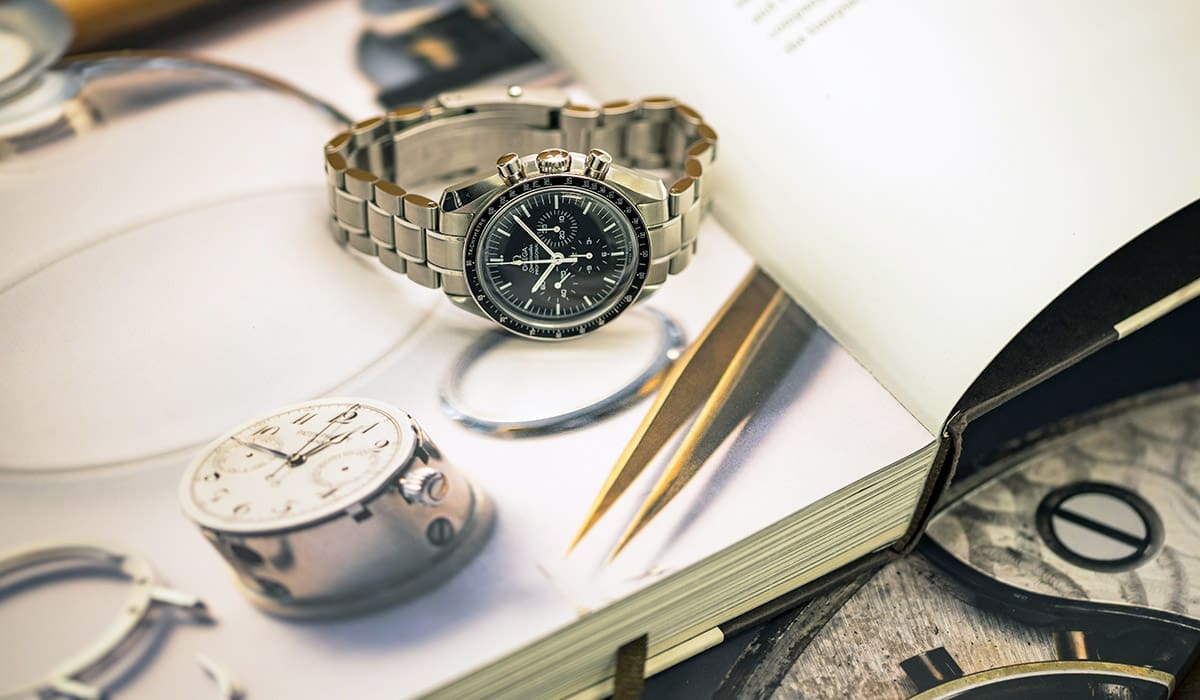
MILAN — Italy is on track to lift most of the measures it had enforced in recent months to curb the spread of the COVID-19 pandemic, and retail sales are expected to benefit from it.
Shopping malls were finally allowed to stay open this past weekend after almost 160 days of forced weekend closures that severely impacted the sector, which generates annual sales of 140 billion euros.
More from WWD
Industry association Federdistribuzione estimated that weekends account for between 45 and 60 percent of each mall’s weekly revenues and that Italian operators have lost 42 billion in sales over the past months.
“The reopening of shopping malls during the weekend is a breath of fresh air for Italian distributors,” said the association’s president Alberto Frausin. “This first weekend of activity has been a starting point: customers were back in an orderly and controlled way, in full compliance with safety measures, allowing us to enjoy an experience of ‘almost normalcy.’ The journey ahead is still a long way to go, but this was a first important step to commence an economic rebound of the country, which is possible only by fostering consumption.”
The sector comprises around 1,300 shopping malls, 272 of which are located in the Lombardy region, not only the area most affected by the pandemic but also the district that accounts for 20 percent of the sector’s sales.
Here, shopping mall operators particularly benefited from the reopening with footfall over the weekend at Milan’s CityLife Shopping District and at Scalo Milano, in the outskirts of the city, registering high double-digit growth compared to the same weekend in 2019.
Roberto Zoia, president of industry association Consiglio Nazionale dei Centri Commerciali, or Shopping Malls National Committee, said he saw encouraging signs across the country, “a testament to the sense of safety and comfort that people feel when shopping at the malls.”
“Consumers were more comfortable than last year when we reopened [after the first wave of the pandemic], I saw much less hesitation,” Zoia noted, explaining that footfall was “significantly better than 2020 although down 10 to 15 percent compared to the same weekend in 2019.”
He noted that the number of restrictions still in place — the mall’s reduced capacity, lack of events and marketing activities and the ban on indoor dining — are still impacting store traffic. He is looking forward to the fourth quarter for a rebound to pre-pandemic levels, when he expects that the restart of in-person schooling and a reduction in remote working will have a positive impact.
According to a study conducted by consultancy Ernst & Young for Confimprese — the national association of retailers — in April, when weekend closures were still in place, shopping mall sales plunged 69.2 percent compared to the same month in 2019, while in the January to April period revenues dropped 63.7 percent versus the same months in 2019.
“The negative performance in April was marked by the weekend closures of the 1,300 shopping malls over a six-month period,” commented Mario Maiocchi, managing director of Confimprese. “Malls have already lost about 56 billion euros in revenues or 63 percent of their yearly sales. We’re looking forward to see if the reopening on May 22 has had any positive effect to be seen in the coming months,” he said.
According to Zoia, in the summer months malls closer to resort and holiday destinations will benefit from their location to the detriment of city malls as people are looking forward to summer escapes away from town, a trend that was in part already visible this past weekend, he said.
While the strategy of the Italian government helmed by Prime Minister Mario Draghi has avoided a strict lockdown in recent months, opting instead for differentiating regions or districts by colors from yellow to red depending on the spread of the coronavirus and by implementing closures accordingly, this has not translated into much relief for the country’s retail sector, which is still being impacted by the stop-and-go measures.
On May 11, mall operators joined forces in a protest that saw retail venues symbolically shuttering their doors to urge the government to lift its mandate on weekend closures, worried that a further delay on this decision would dramatically impact the sector and put 780,000 jobs at risk.
With Italy now entirely in the yellow, low-risk stage, as daily rates of COVID-19 infections are sharply decreasing and the vaccination campaign is unfurling at a rapid pace, there’s room for further improvements.
Starting Monday, gyms and sports centers were also allowed to reopen, albeit complying with strict sanitary measures that left some operators unable to immediately resume their activities. The long-held curfew that last week was postponed by an hour to 11 p.m. is being lifted from June 21, just in time for the summer season when the country hopes it will be able to bank on domestic and international tourist flows.
The new scenario is expected to drag retail out of the quagmire that gripped it in recent months.
According to the Ernst & Young study, local consumption across the fashion and clothing, food and beverage and nonfood sectors, the latter including cosmetics and furniture, decreased 62.8 percent in April, compared to the same month in 2019.
The fashion and clothing sector was one of the most impacted, with sales in April plunging 63.3 percent compared to the same month in 2019.
“We’re experiencing a consumption rebound slower than expected, as the month of April has proved significantly weaker than 2019 with sales amounting to less than one third, similarly to what happened in the January to March period already,” explained Ernst & Young’s business consulting leader Paolo Lobetti Bodoni.
Restaurants and bars, another key sector of the country, have been allowed to reopen only outdoors since April 26 but, as per the decree issued on May 18, they will be able to resume their indoor activities starting June 1. In April the food and beverage sector lost 74.4 percent in sales compared to pre-pandemic levels and was down 67.8 percent in the four months ended April 30 compared to the same period in 2019.
Sign up for WWD’s Newslet
ter. For the latest news, follow us on Twitter, Facebook, and Instagram.





More Stories
Victims, gunman, and ‘good Samaritan’ who ended massacre ID’d in Indiana mall shooting
Armed citizen at Greenwood mall hailed as hero who saved lives – WISH-TV | Indianapolis News | Indiana Weather
Indiana mall shooting: Live updates